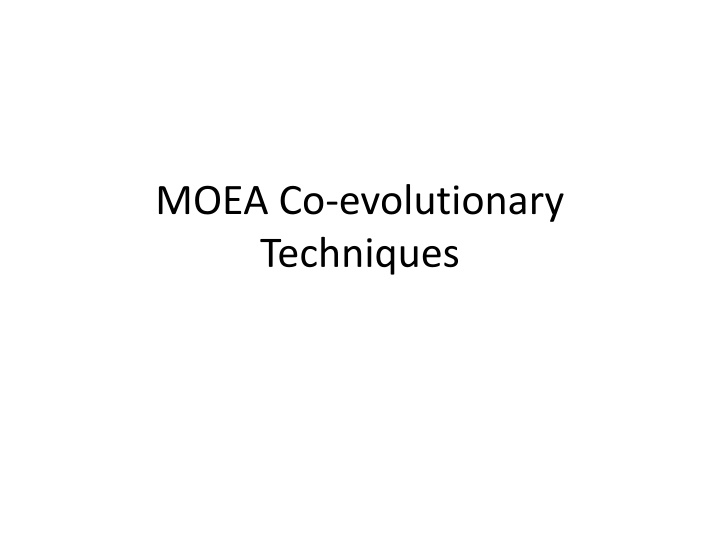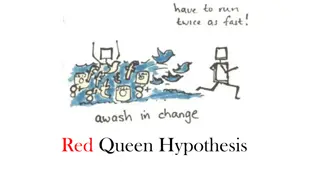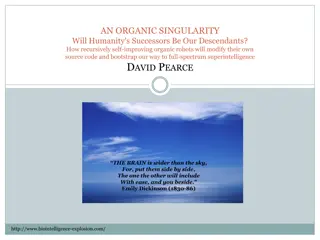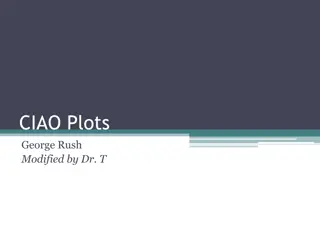
Coevolutionary Techniques in Evolutionary Computation
Explore the concept of coevolution in evolutionary computation, where species interact and evolve together, influencing each other's genetic composition. Learn about competitive and cooperative coevolutionary algorithms and their roles in enhancing evolutionary techniques.
Download Presentation

Please find below an Image/Link to download the presentation.
The content on the website is provided AS IS for your information and personal use only. It may not be sold, licensed, or shared on other websites without obtaining consent from the author. If you encounter any issues during the download, it is possible that the publisher has removed the file from their server.
You are allowed to download the files provided on this website for personal or commercial use, subject to the condition that they are used lawfully. All files are the property of their respective owners.
The content on the website is provided AS IS for your information and personal use only. It may not be sold, licensed, or shared on other websites without obtaining consent from the author.
E N D
Presentation Transcript
MOEA Co-evolutionary Techniques
In nature there exist organisms that have a symbiotic relationship with other organisms. According to the Merriam-Webster Online Dictionary, symbiosis is defined to be the intimate living together of two dissimilar organisms in a mutually beneficial relationship . Endosymbiosis is defined to be symbiosis in which a symbiont dwells within the body of its symbiotic partner .
Some evolutionary algorithms (EAs) and MOEAs have employed symbiotic techniques, although its use is relatively rare. We call coevolution to a change in the genetic composition of a species (or group of species) as a response to a genetic change of another one. In a more general sense, coevolution refers to a reciprocal evolutionary change between species that interact with each other. The term coevolution is usually attributed to Ehrlich and Raven who published a paper on their studies performed with butterflies and plants in the mid- 1960s. The relationships between the populations of two different species A and B can be described considering all their possible types of interactions. Such interaction can be positive or negative depending on the consequences that such interaction produces on the population.
All the possible interactions between two different species are shown in the following Table:
Evolutionary computation researchers have developed several coevolutionary approaches in which normally two or more species relate to each other using one of the previously indicated schemes. Also, in most cases, such species evolve independently through an evolutionary algorithm (normally a genetic algorithm). The key issue in these coevolutionary algorithms is that the fitness of an individual in a population depends on the individuals of a different population. In fact, we can say that an algorithm is coevolutionary if it has such property.
There are two main classes of coevolutionary algorithms in the evolutionary computation literature: 1. Those based on competition relationships (called competitive coevolution): In this case, the fitness of an individual is the result of a series of encounters with other individuals. This sort of coevolutionary scheme has been normally adopted for games.
2. Those based on cooperation relationships (called cooperative coevolution): In this case, the fitness of an individual is the result of a collaboration with individuals of other species (or populations). This sort of coevolutionary scheme has been normally adopted for solving optimization problems.
Cooperative Coevolutionary Genetic Algorithms (CCGA)
Elitist Recombinative Multiobjective Genetic Algorithm with Coevolutionary Sharing (ERMOCS).






